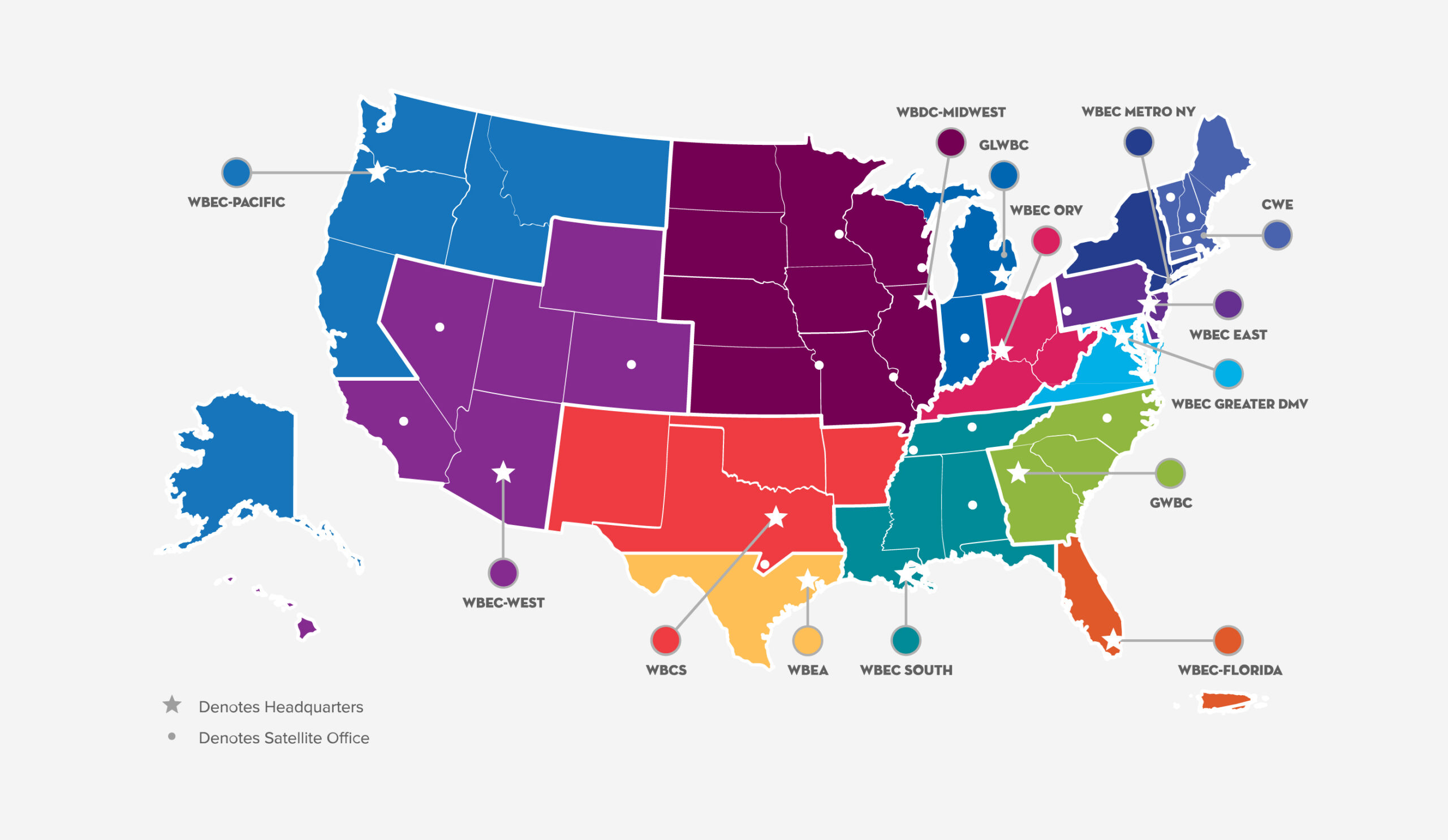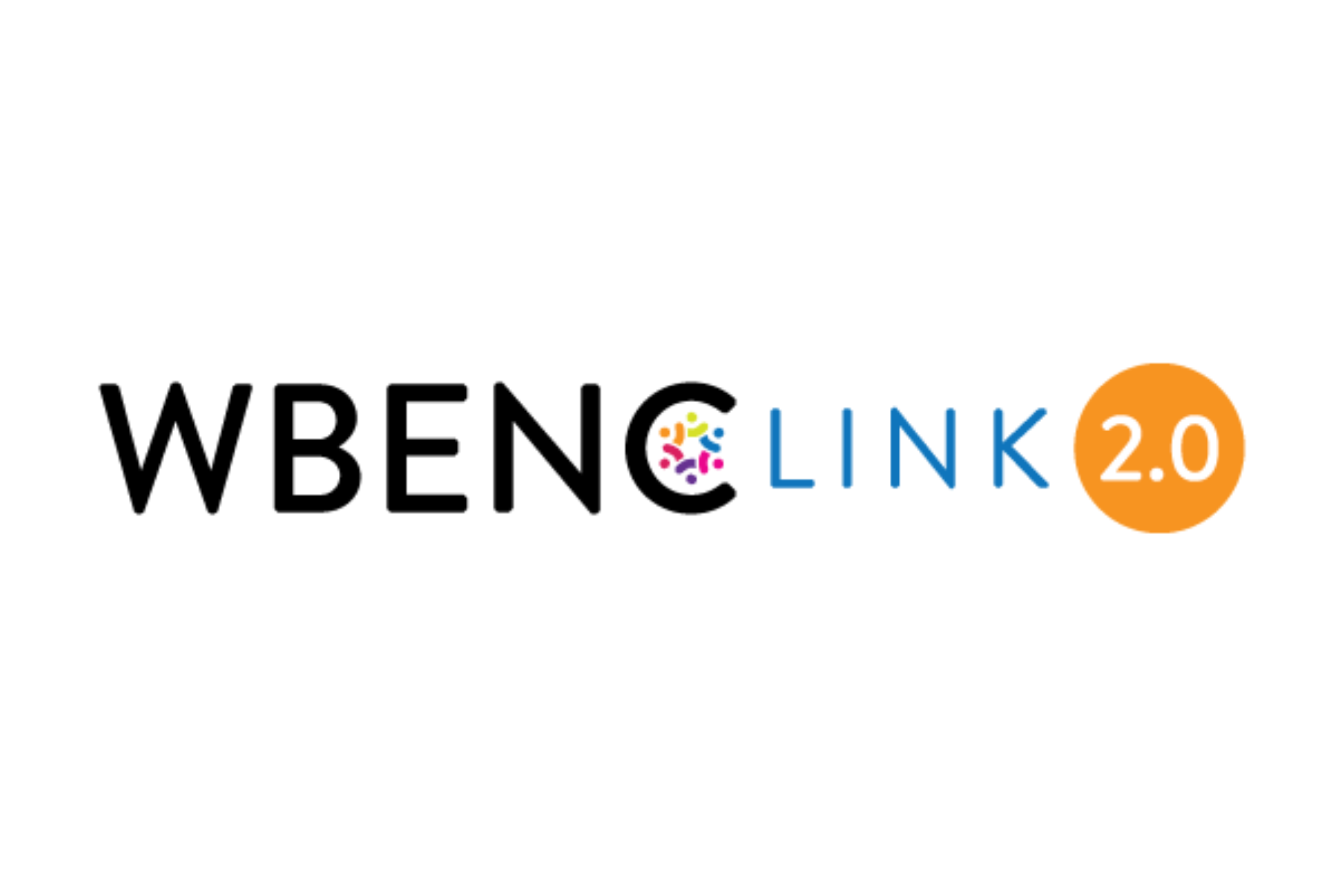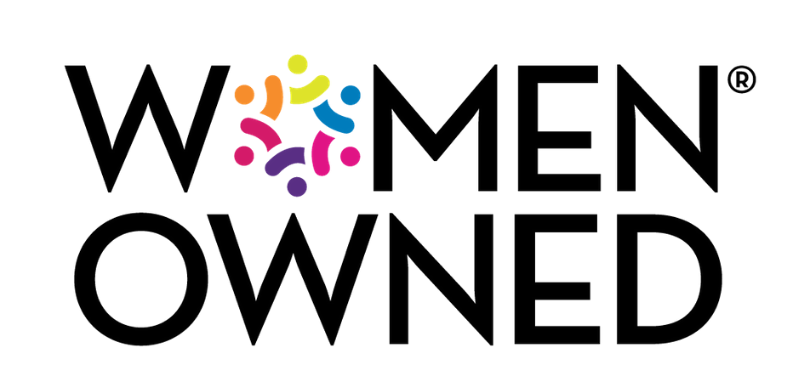It’s unfortunate but true that gender bias is still pervasive across business and corporate cultures. One of the common ways bias is perpetuated is during the performance review process. Whether you work in the corporate world or own your business, we believe everyone can benefit from a more fair and equitable performance review process.
In this guest post, Jill Pappenheimer, President and Co-Founder of Options4Growth, a WBENC-Certified HR and growth strategy firm, lends her insights on how we can best address gender bias in the workplace and ensure gender-neutral pathways to promotion.
Working toward gender equality is a slow grind. Gender bias is systemic; for change to truly happen, discussions need to be front and center in business every day. Businesses need to look deep into existing processes to see where gender bias is institutionalized. Performance reviews and processes are one of those areas where the status quo of inequity becomes perpetuated.
Performance Reviews and Gender Bias
We can start to address gender bias by looking at normal business practices. Harvard Business Review published an illuminating article that identifies clear patterns of gender bias in annual performance reviews. Its author, Paola Cecchi-Dimeglio, reached a number of important conclusions about the current state of annual reviews:
- Traditional review methods are out-of-date
- Objective feedback tends to be equally fair to men and women
- Subjective feedback can lead to gender bias, favoring men over women
- Feedback for women tends to be more vague than feedback for men
- Double-standards in performance review language consistently favor male employees
- Women often do not receive full credit for their work compared to the credit that men get for similar work
- Eliminating bias hinges upon using objective data
- Performance tracking tools that capture real-time feedback help minimize bias
Gender bias in performance reviews causes a chain reaction, leading to fewer promotions at every level. The numbers validate this pattern. Here’s a breakout of workforce demographics by gender, clearly demonstrating that women are passed over for promotions at every level:
Percentage of Women in the Corporate Hierarchy:
- 21% – “C-Suite” (CEO, COO, CFO etc.)
- 22% – Senior Vice President
- 29% – Vice President
- 34% – Director / Sr. Manager
- 37% – Manager / Supervisor
- 48% – Entry Level
Addressing this inequity starts with how companies evaluate talent as an integral part of doing business.
Understanding Your Workforce
Unfortunately, businesses don’t pay attention to their own people the same way they pay attention to their customers. Marketers, for example, use complex tools and metrics to better understand their customers; company leadership needs to do the same thing with its own people. The better a business understands its customers, the better it can serve them. The better a business understands its employees, the better it can eliminate gender bias.
Where do companies fall short, then, in understanding their employees to the same degree that they understand their customers? In order to neutralize gender bias in performance reviews, evaluation methods and tools need to be gender-neutral.
Fixing Gender Bias in Performance Reviews
To level the playing field in performance reviews, Cecchi-Dimeglio identified changes that are easy to implement and produce concrete results:
Use objective criteria, minimizing personality-based feedback
- Broaden the group of people providing feedback, including supervisors, colleagues and clients
- Increase the frequency of feedback
- Use automated, real-time communication tools to snapshot performance over time
- Use gender-neutral language in feedback forms and fields
- Design forms and fields to encourage constructive feedback
These ideas also contribute to a company culture that’s built around employee satisfaction. Businesses can reinforce teamwork with opportunities for colleagues to celebrate each other. They can encourage employee engagement by providing clarity to workers on how they contribute to company goals.
Using the right tools helps identify leadership skills, even at the entry level – and creates gender-neutral pathways to promotion. Our breakthrough software platform OpaConnect does more than meet the need for regular objective feedback – it keeps the entire company focused and on track, and helps recognize leadership skills at every level. We designed OpaConnect to be a best-in-class solution for performance management. If you’re dedicated to success and workplace satisfaction, you can learn more about OpaConnect here.
We’re proud of our women-led company. We’ve seen the powerful leadership that comes naturally to women: as entrepreneurs, as executives, as board members, and business leaders. We’re encouraged by the progress we’ve seen, and we’re committed to empowering working women at every level. We believe in women, and we believe in doing the hard work to achieve equity in the workplace.





